PDF chapter test TRY NOW
What are cells?
The cell is the structural and functional unit of life, and all the organisms are made up of cells of different size, shape, number and structural organization.
Cells are also known as 'building blocks of life'. The study of cell is called 'cell biology or cytology'.

The basic cell structure

Cell & their organelles
Classifications of cell:
Cells can be classified based on the following ways:
1. Based on the number
2. Based on the nucleus
3. Based on the size
4. Baes on the shape
1. Based on their number:
- Unicellular - These organisms are made up of one cell. E.g. bacteria, viruses, protozoans.
- Multicellular - Organisms are made up of more than one cell. E.g. fungi, vertebrates, birds, reptiles.
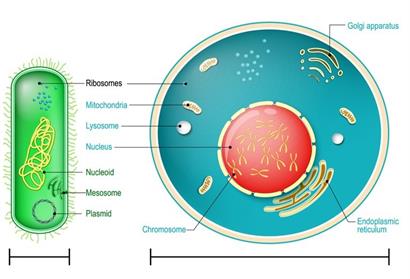
Prokaryotic and eukaryotic cell
2. Based on their nucleus:
2. Based on their nucleus:
- Prokaryotes - These organisms do not have membrane-bound organelles and nucleus with a primitive structure.
- Eukaryotes - They have membrane-bound organelles with a centralised nucleus.

Prokaryotic and eukaryotic organisms
3. Based on their size (0.5 - 20\mum):
3. Based on their size (0.5 - 20\mum):
Important!
1 micron (\mum) is equal to 1/1000000m.
- Smallest - mycoplasma (0.2 - 0.3\mum) or (0.0001mm) in diameter
- Second smallest - bacteria (1 - 2\mum)
- Largest single cell visible to naked eye - ostrich egg (170 - 180mm)
- Longest - neuron cell (90 - 100cm)
- Largest gamete - human ovum (100\mum)
- Human red blood cell - (7\mum) in diameter
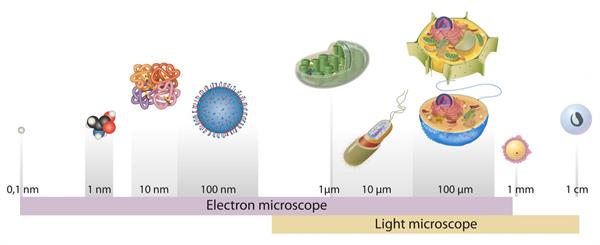
Different sizes of the cells
4. Based on their shape:
- Round - human red blood cells.
- Spindle - muscle cells.
- Branched & elongated - nerve cells.
- Kidney - guard cells of stomata.
- Irregular - WBC, amoeba.
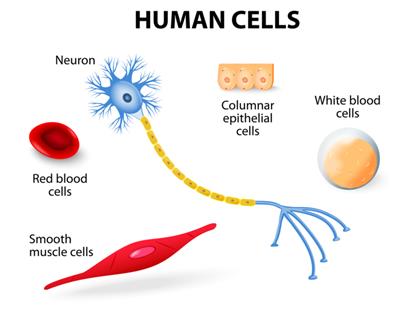
Types of cells based on shape
Are you aware?
Organisms are developed from a single cell called a stem cell. A stem cell is an undifferentiated form, and it will undergo further development of the different types of cells. Eventually, the cell differentiation starts from an earlier stage called a zygote. The zygote further divides by equational division called mitosis and develops as a foetus.
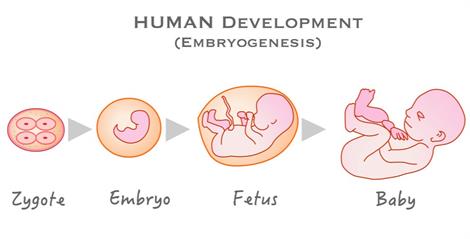
Stem cell:
It is an undifferentiated form of a single cell and can grow into fully developed organisms by cell differentiation.
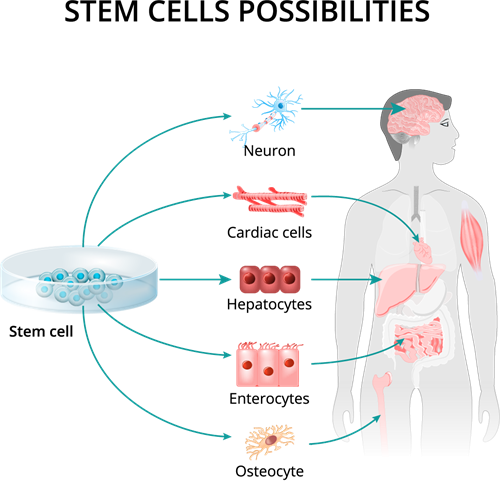
Stem cell
Reference:
https://commons.wikimedia.org/wiki/File:0312_Animal_Cell_and_Components.jpg
